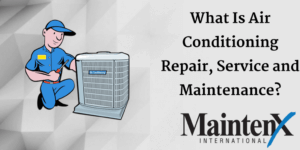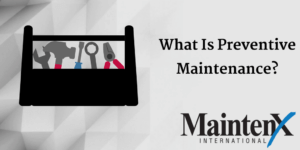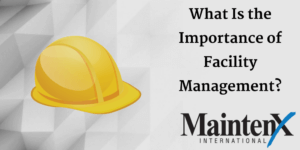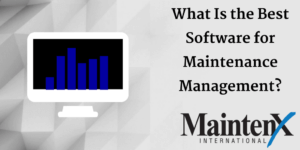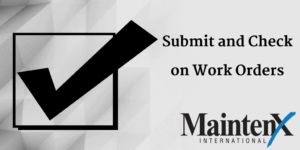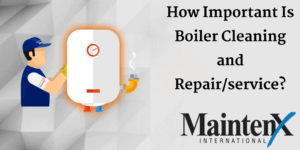
Take the initiative with equipment maintenance, especially boiler maintenance. Appropriate planning of routine repairs helps you to identify and fix potential problems before they even happen. When you are proactive about boiler maintenance, you will also find that it operates more safely and efficiently.
Here are some tips:
– Keep the boiler room free of debris.
– Never use your boiler room for storage; it creates a safety hazard if items block the equipment.
– Make sure you know all the information about the maintenance needs of your boiler.
– Teach your staff about proper boiler safety. Inform them of the boiler’s basic operation. That way, if there’s a problem, they’ll know about it before it becomes a bigger one.
– Avoid storing flammable materials.
– Hire a professional service to inspect it regularly.
– Make necessary repairs immediately.
– Inspect equipment after every repair.
– Make a maintenance schedule and keep it updated.
– Keep an accurate and up-to-date maintenance log.
– Never overlook something because it is automated. It’s only automated if it’s working correctly, and all systems will eventually fail. Check it anyway.
Safety First
Your boiler is a powerful piece of gear. Make sure you follow your boiler technician’s recommendations. This will ensure safe, efficient operation.
Like anything else, boilers will be more dependable when serviced on a regular basis and with managed maintenance and servicing. This should allow your boiler to bring you excellent service for many years to come.




